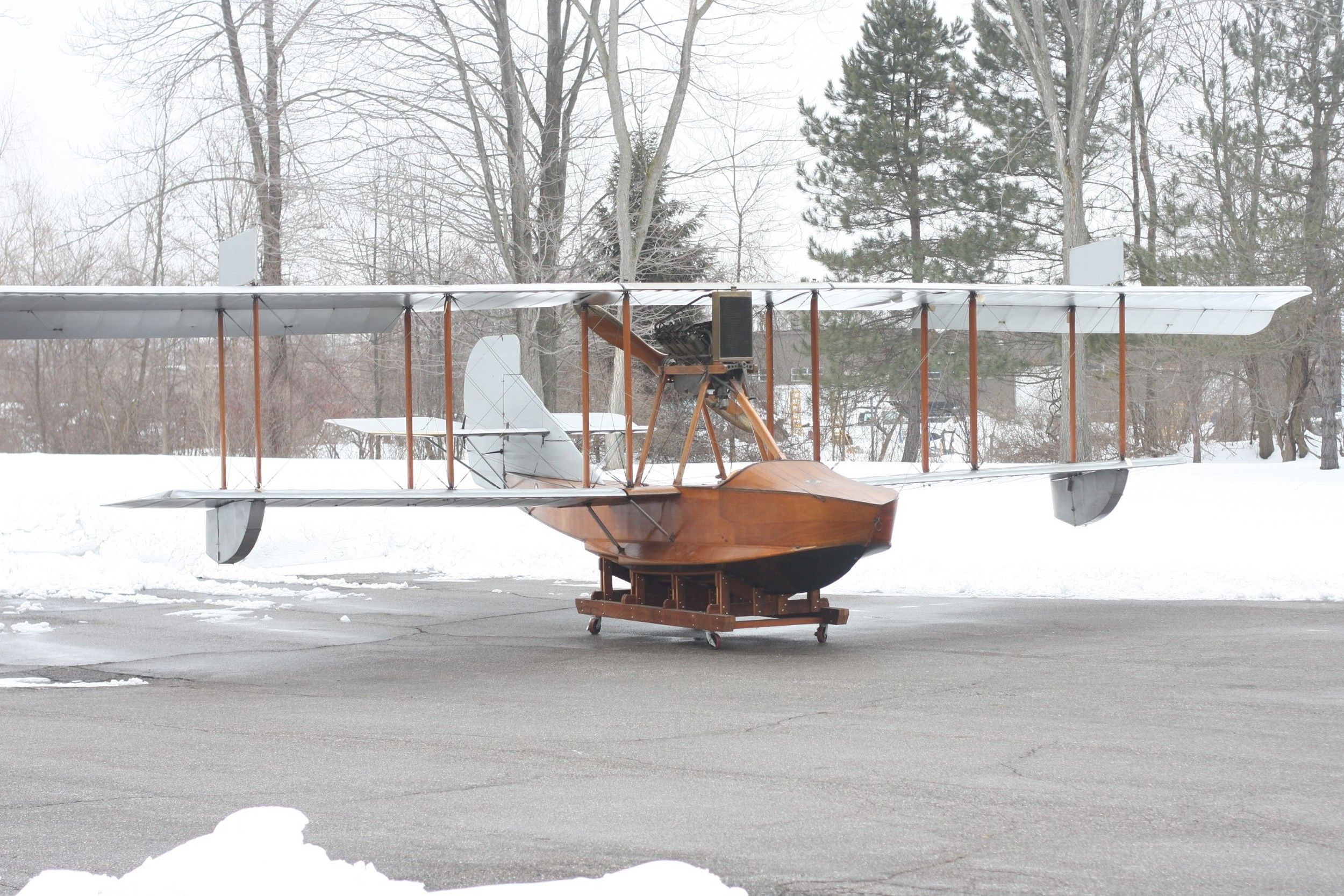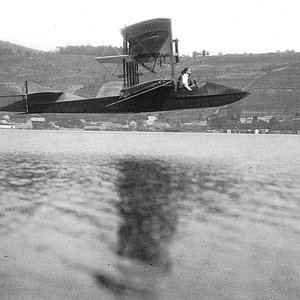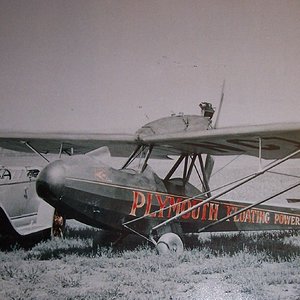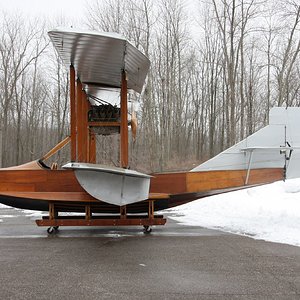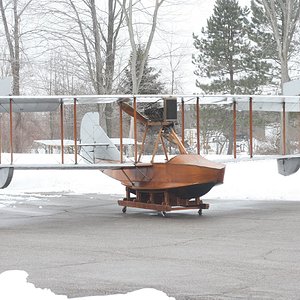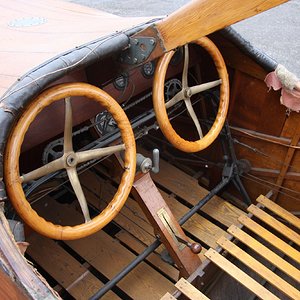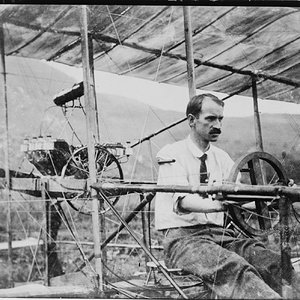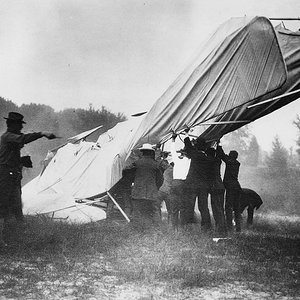Navigation
Install the app
How to install the app on iOS
Follow along with the video below to see how to install our site as a web app on your home screen.
Note: This feature may not be available in some browsers.
More options
You are using an out of date browser. It may not display this or other websites correctly.
You should upgrade or use an alternative browser.
You should upgrade or use an alternative browser.
The Curtiss Seagull appeared shortly after the end of First World War. Although it was probably the best small flying boat of the period, not many were sold. The Seagull had to compete with the low-priced, war-surplus Curtiss MF flying boats from which it had been developed. Though both somewhat small for the job, both the Seagull and the Curtis MF were flown in some Canadian bush operations.
With its wooden hull, pusher engine, and fabric-covered wings, the Seagull was typical of the flying boats of the period. The hull was constructed of mahogany plywood veneer over a wood frame and could accommodate three people.
Specifications
Wing Span: 15.2 m (49 ft 9 in)
Length: 8.8 m (28 ft 10 3/16 in)
Height: 3.6 m (11 ft 9 7/32 in)
Weight, Empty: 888 kg (1,957 lb)
Weight, Gross: 1,237 kg (2,726 lb)
Cruising Speed:97 km/h (60 mph)
Max Speed: 122 km/h (76 mph)
Rate of Climb: 914 m (3,000 ft) / 10 min
Service Ceiling:1,800 m (5,900 ft)
Range: 464 km (288 mi)
Power Plant: one Curtiss C-6A, 160 hp, in-line engine Collections Home
Aircraft
With its wooden hull, pusher engine, and fabric-covered wings, the Seagull was typical of the flying boats of the period. The hull was constructed of mahogany plywood veneer over a wood frame and could accommodate three people.
Specifications
Wing Span: 15.2 m (49 ft 9 in)
Length: 8.8 m (28 ft 10 3/16 in)
Height: 3.6 m (11 ft 9 7/32 in)
Weight, Empty: 888 kg (1,957 lb)
Weight, Gross: 1,237 kg (2,726 lb)
Cruising Speed:97 km/h (60 mph)
Max Speed: 122 km/h (76 mph)
Rate of Climb: 914 m (3,000 ft) / 10 min
Service Ceiling:1,800 m (5,900 ft)
Range: 464 km (288 mi)
Power Plant: one Curtiss C-6A, 160 hp, in-line engine Collections Home
Aircraft

